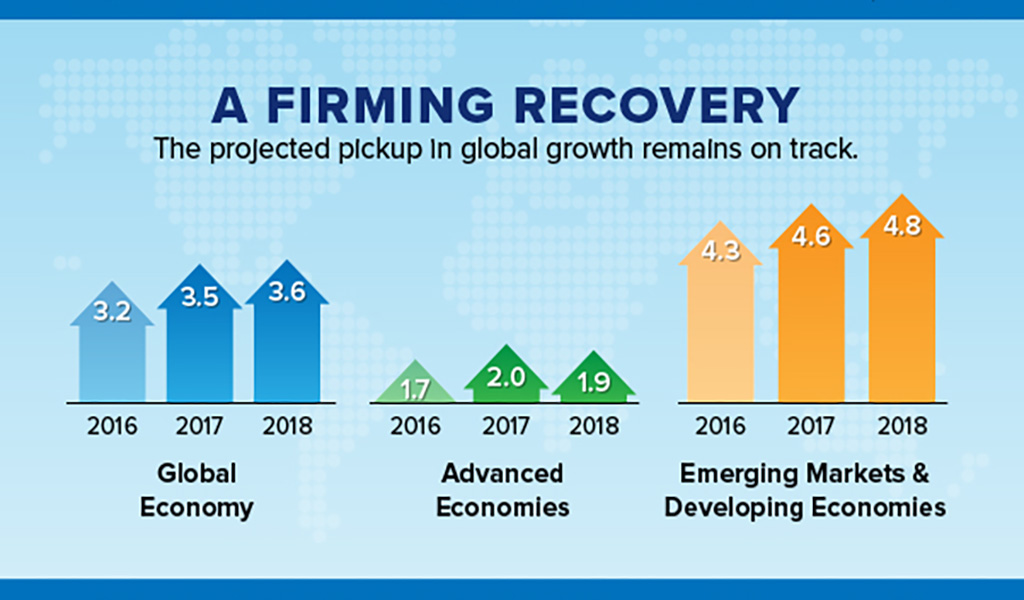(Version in Español)
The incomes of U.S. households have become more unevenly distributed over the past three decades. For example, the Congressional Budget Office estimates that after-tax income almost tripled for the top 1 percent of households between 1980 and 2007, but grew only 22 percent for the bottom 20 percent.
Recent research has focused on the link between income inequality and growth, but less attention has been paid to the link between inequality and savings. So together with a few colleagues we have looked at how income distribution is linked to saving behavior.
Saving rates matter because they are an important factor for the U.S. economic outlook. The decline in the saving rate in the years leading up to the crisis (from 10 percent of after-tax income in 1980 to 1.5 percent in 2005) is the mirror image of the unsustainable boom in consumer spending during the bubble years.
Following the crisis, sharp losses in the values of houses and financial assets, as well as difficulties in obtaining new credit, forced American families to save more and rebuild their wealth. The ensuing rise in the saving rate, which stood at 4 percent in the second quarter of 2012, has been an important reason why the recovery from the 2008–09 recession has been sluggish.
Therefore, our study looked at which types of households drove the aggregate saving rate down before the crisis and those that drove it up afterwards, so as to improve our ability to assess the potential for future U.S. growth.
Saving patterns before the crisis
To analyze individual household behavior, we used the Panel Study of Income Dynamics, a well-established dataset that collects data from the same households over time. Our key finding is that that households with consistently lower income growth experienced larger declines in their saving rates and a larger rise in their mortgage debt before the crisis. We also find that these types of households contributed significantly to the overall decline in the saving rate.
For instance, the households with the bottom third of income growth over 1999–2007 accounted for half of the decline in the overall saving rate over the same period. This finding is surprising because economic theory would predict that households save less when their income falls temporarily, but not when the fall is highly persistent. By contrast, we don’t find a large decline in the saving rates of families with consistently lower income levels; their saving rates have always been lower than the saving rates of higher income families.
Our results suggest that households with disappointing income growth attempted to preserve their living standards in the boom years by tapping into their housing equity.
Their decisions did not anticipate the impending correction in house prices, the weaker economy, and lower incomes.The easy availability of home equity financing allowed households with low income growth to at least temporarily “keep up with the Joneses”; in other words, consumption inequalities remained smaller than income inequalities. With the subsequent housing crash, those households already suffering from lowest income growth found themselves more vulnerable, with high levels of debt.
Another interesting finding is that the decline in saving rates was larger for households with bottom third of income growth than for those who experienced the top third of house price increases. On the basis of this finding, it seems worth examining further whether the decline in the saving rate prior to the crisis reflects more the declining opportunities—grasping for the last straw to prevent declining living standards—rather than the story of winners in the “housing lottery” consuming their windfalls.
Saving patterns after the crisis
How did households fare after the crisis?
We found that those more dependent on housing wealth and those with higher debt levels on the eve of the crisis indeed raised their savings sharply after the crisis. Yet, as this sharp correction started from very depressed and even negative saving rates, these households have not yet made meaningful progress in reducing debt and repairing their balance sheets. Hence, these households may face grim future consumption prospects.
Taken together, our results do suggest that the lower income growth for segments of the income distribution was linked to the drop in saving rates and growing indebtedness of American families. Moreover, households that entered the crisis with a more precarious wealth situation have made limited progress in rebuilding their net worth (the difference between household financial and nonfinancial assets and their debt) by actively saving out of their incomes.
Recent data on household finances indeed show that at least half of the American families had lower net worth (in inflation-adjusted terms) in 2010 than they did two decades ago (the median American family in 2010 had a net worth of $77,000, compared with $126,000 in 2007 and $79,000 in 1989).
The data also shows that the share of the population that saved any of their income dropped from 54.6 percent to 52 percent between 2007 and 2010.
Unless their incomes and house prices pick up robustly, many households will need sustained levels of higher savings to rebuild wealth, making it less likely for the American consumer to drive U.S. growth.


